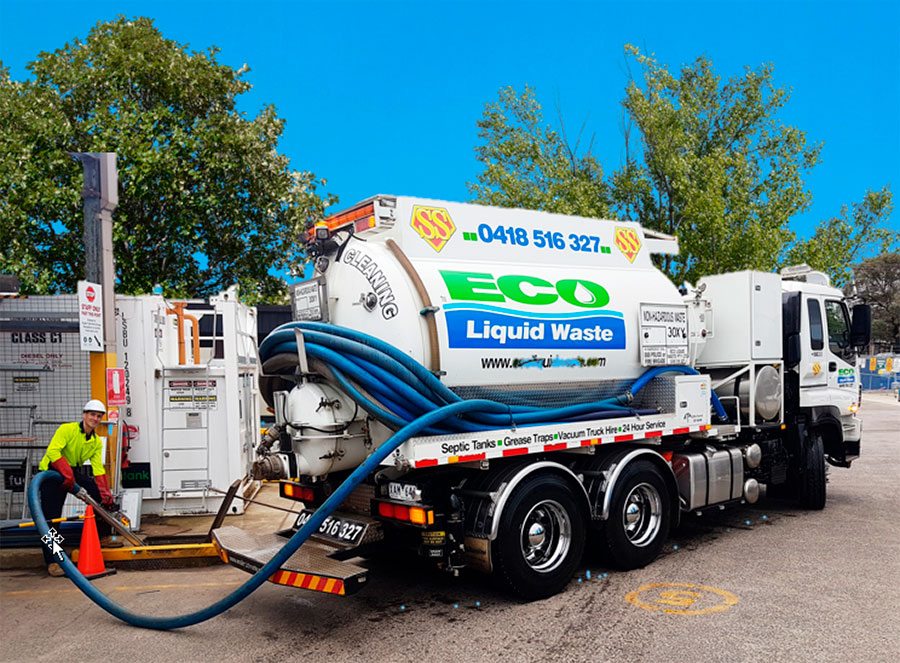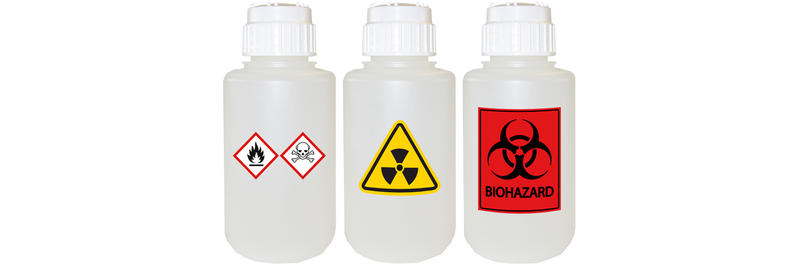Reclaim Waste Can Be Fun For Anyone
Reclaim Waste Can Be Fun For Anyone
Blog Article
Not known Details About Reclaim Waste
Table of ContentsEverything about Reclaim WasteSome Known Details About Reclaim Waste Getting My Reclaim Waste To WorkHow Reclaim Waste can Save You Time, Stress, and Money.How Reclaim Waste can Save You Time, Stress, and Money.
Domestic sewer waste refers to the waste and items from a domestic septic storage tank. The proper management and disposal of residential sewage waste call for liquid waste to be transferred to a sewage treatment plant where the appropriate techniques and devices are used to detoxify and dispose of waste.
Industrial waste commonly includes potential dangers, such as flammable products or a mix of fluid and strong waste products, and requires an advanced and in-depth disposal procedure. The disposal of industrial waste commonly includes the filtration of waste before transport to make certain risk-free and appropriate disposal. Industrial waste is produced from by-products and overflow of commercial procedures and manufacturing.
This type of waste can not use the exact same sewer management transportation or processes as septic or industrial liquids. The industrial waste administration procedure calls for the examination and screening of liquid waste prior to it undergoes the disposal procedure (liquid waste removal). Runoff waste is the fluid waste that originates from drainage and excess stormwater in very booming locations or cities
Overflow waste can trigger contamination and flooding otherwise taken care of appropriately. Find out more regarding sewage system cleansing and waste management. Ensuring proper waste management can stop calamities and lower ecological damage. Both individuals in property setups and experts in commercial or manufacturing sectors can take advantage of understanding the procedures and regulations of fluid waste management.
6 Simple Techniques For Reclaim Waste
Get in touch with PROS Providers today to discover our waste administration and disposal solutions and the proper ways to take care of the fluid waste you create.
(https://anotepad.com/note/read/pkncyr85)Do you know what takes place to your water when you disengage, purge the toilet or drain the washing device? No? Well, it's worth recognizing. This supposed 'wastewater' is not just an essential source yet, after treatment, will certainly be released to our land, waterways or the ocean. Utilized water from bathrooms, showers, baths, kitchen sinks, laundries and industrial processes is called wastewater.

water made use of to cool down equipment or tidy plant and tools). Stormwater, a form of wastewater, is overflow that moves from farming and city locations such as roofing systems, parks, yards, roadways, courses and rain gutters right into stormwater drains pipes, after rainfall. Stormwater streams neglected directly to local creeks or rivers, eventually reaching the ocean.
Reclaim Waste Fundamentals Explained
In Queensland, most wastewater is treated at sewer therapy plants. Wastewater is transferred from residential or commercial websites via a system of sewers and pump stations, recognized as sewerage reticulation, to a sewage therapy plant.
The Department of Natural Resources advises city governments regarding managing, operating and preserving sewage systems and therapy plants. In unsewered areas, city governments might need owners to set up specific or family sewer therapy systems to treat domestic wastewater from toilets, kitchen areas, shower rooms and laundries. The Department of Natural Resources authorises the usage of family systems when they are verified to be effective.
The majority of stormwater gets no treatment. In some new class, therapy of some stormwater to get rid of clutter, sand and crushed rock has actually started using gross toxin traps. Wastewater treatment takes place in 4 stages: Removes solid matter. Larger solids, such as plastics and other objects mistakenly discharged to sewage systems, are eliminated when wastewater is travelled through screens.
Wastewater after that streams right into large containers where solids resolve and are from this source eliminated as sludge. Oil and scum are skimmed from the surface. Makes use of small living organisms recognizes as micro-organisms to damage down and get rid of remaining dissolved wastes and fine particles. Micro-organisms and wastes are incorporated in the sludge. Gets rid of nitrogen and phosphorus nutrients that could create algal blossoms in our waterways and endanger marine life.
Reclaim Waste Things To Know Before You Buy
Nutrient elimination is not available at all sewage treatment plants because it calls for costly specialised tools. Clear liquid effluent created after therapy may still contain disease-causing micro-organisms - industrial wastewater treatment.

Most wastewater flows right into the sewage system. Under the Act, neighborhood governments provide approvals and licences for eco pertinent activities (Ages) including wastewater launches that may have a neighborhood effect.
Reclaim Waste - The Facts
Tracking supplies accurate details about water top quality and can validate that permit conditions are being satisfied. The information gotten with tracking supplies the basis for making water quality choices.
Report this page